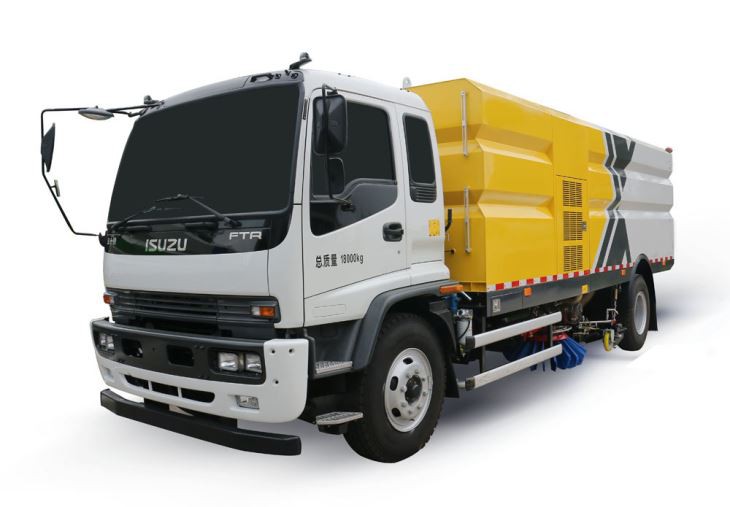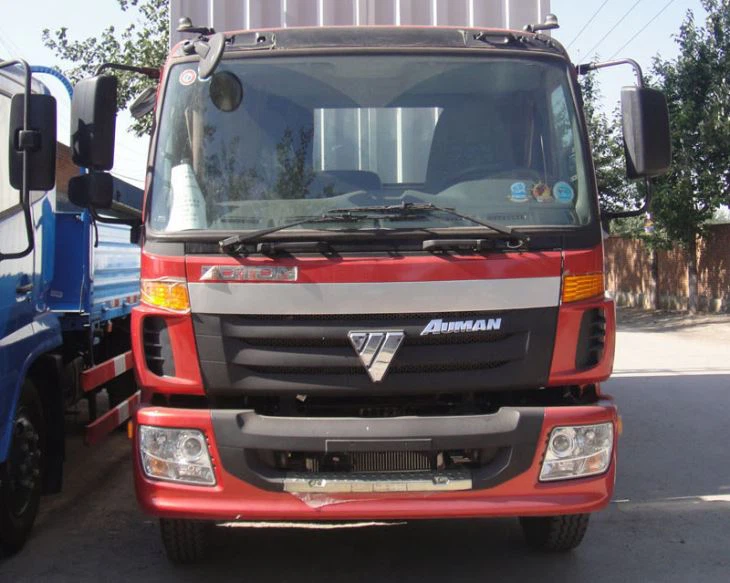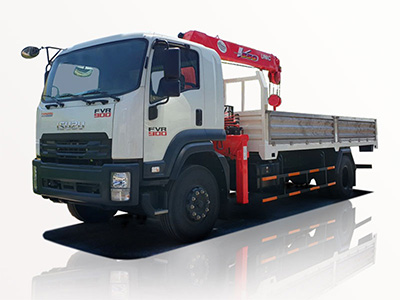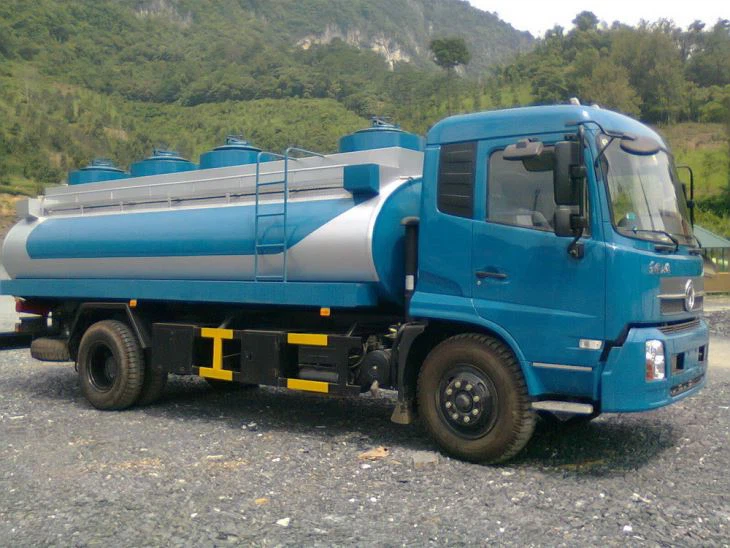When it comes to heavy-duty transportation, the 20-ton truck stands out as a reliable option for businesses and individuals alike. Whether you need to transport goods for a construction project, move equipment for an event, or ship products to clients, understanding the capabilities and specifications of 20-ton trucks can help you make the right choice. This article will cover various aspects of 20-ton trucks, including their specifications, types, purchasing considerations, operating tips, and much more.
What is a 20 Ton Truck?
A 20-ton truck is a heavy-duty vehicle designed to transport loads that weigh up to 20 tons (or 40,000 pounds). These trucks are built to handle the rigors of heavy hauling, making them popular in industries such as construction, logistics, agriculture, and transportation. With advanced engineering and robust components, a 20-ton truck can efficiently deliver goods while ensuring safety and reliability.
Specifications of 20 Ton Trucks
Weight Capacity
The primary specification that defines a 20-ton truck is its maximum weight capacity of 20 tons. This section details how this capacity is measured and what it means for operators.
Payload vs. Gross Vehicle Weight
It’s essential to differentiate between payload and gross vehicle weight (GVW). The payload is the weight of the cargo that the truck can carry, while the GVW includes the weight of the truck itself plus the cargo. For a 20-ton truck, the payload typically ranges between 14-17 tons, depending on the model.
Engine Specifications
20-ton trucks are usually equipped with powerful diesel engines that can deliver substantial horsepower and torque. Common engine specifications may include:
- Horsepower: 300-500 HP
- Torque: 800-1200 Nm
- Engine Options: Inline 6-cylinder or V8 configurations
Transmission Options
Most 20-ton trucks come with either manual or automatic transmission. The choice between these depends on driver preference and the nature of the tasks involved. Automatic transmissions are generally easier to operate, while manual transmissions may provide better control and efficiency in specific driving conditions.
Dimensions
The dimensions of a typical 20-ton truck vary by manufacturer, but here’s a general idea:
| Dimension | Measurement |
|---|---|
| Length | 24-30 feet |
| Width | 7-8 feet |
| Height | 10-12 feet |
Types of 20 Ton Trucks
Flatbed Trucks
Flatbed 20-ton trucks are often used for transporting large and heavy items like machinery, lumber, and building materials. Their open design allows for easy loading and unloading, making them ideal for construction sites.
Box Trucks
Box trucks feature an enclosed cargo area, providing additional protection for the load. These trucks are commonly used in moving services and for delivering goods that require climate control.
Dump Trucks
Dump trucks are specifically designed for transporting loose materials, such as gravel, sand, and demolition debris. The hydraulic lift mechanism allows for easy unloading at job sites.
Reefer Trucks
Reefer trucks are equipped with refrigerated cargo areas for transporting perishable goods. This type of 20-ton truck is essential for food distribution companies and pharmaceuticals.
Benefits of Using a 20 Ton Truck
Enhanced Load Capacity
One of the most significant benefits of a 20-ton truck is its ability to transport heavy loads efficiently. This capability helps businesses save money by reducing the number of trips needed to transport goods.
Durability
20-ton trucks are built to withstand tough working conditions. With strong materials and advanced engineering, these trucks offer excellent longevity and reliability, reducing maintenance costs over time.
Versatility
These trucks can be used for various industries, making them a versatile choice for businesses. Whether hauling construction materials or delivering freight, a 20-ton truck is adaptable to many tasks.
Fuel Efficiency
Modern 20-ton trucks are designed with fuel efficiency in mind, featuring aerodynamic designs and powerful yet economical engines. This efficiency can lead to significant cost savings for operators.
How to Choose the Right 20 Ton Truck
Determine Your Needs
Consider the types of cargo you will be transporting. Different truck types (flatbed, box, dump, reefer) serve various needs.
Check for Compliance
Ensure the truck meets local regulations for weight, size, and emissions standards. This consideration is crucial to avoid fines and legal issues.
Consider Maintenance Costs
Evaluate the long-term maintenance costs associated with the truck. Research customer reviews and the reputation of manufacturers to make an informed decision.
Evaluate Financing Options
Consider your budget and explore financing options, such as leases or loans, to purchase or rent a 20-ton truck.
Operating a 20 Ton Truck: Tips and Best Practices
Pre-Trip Inspection
Before embarking on a journey, conduct a thorough pre-trip inspection, including checking tires, brakes, lights, and fluid levels. This step is vital for safety and reliability.
Load Distribution
Ensure that the load is evenly distributed across the truck to maintain balance while driving. Improper load distribution can lead to handling issues and increased wear on the vehicle.
Driving Techniques
When driving a 20-ton truck, consider the following tips:
- Adapt speed to the weight of the load.
- Use lower gears for better control when going downhill.
- Be mindful of turning radius and stopping distances.
Regular Maintenance
Follow a regular maintenance schedule to keep your truck running efficiently. This schedule includes oil changes, brake checks, and tire rotations.
Purchasing a 20 Ton Truck
New vs. Used
When deciding to purchase a 20-ton truck, you will need to consider whether to buy new or used. Newly manufactured trucks come with the latest technology, warranty, and the latest emissions standards, while used trucks can be a budget-friendly option.
Budget Considerations
Establish a budget that includes the purchase price, insurance, taxes, and potential repair costs. Having a clear budget can prevent financial strain later on.
Inspection and Test Driving
If buying used, ensure to conduct a thorough vehicle inspection by a qualified mechanic before finalizing your purchase. Additionally, take the truck for a test drive to assess its condition.
Common Misconceptions About 20 Ton Trucks
They Are Difficult to Drive
While 20-ton trucks require specific skill and training, they are designed with modern technology that makes them easier to drive than older models. Many drivers find them manageable after proper training.
High Maintenance Costs
Though 20-ton trucks can have high initial costs, many offer durability and lower maintenance costs over time due to their robust design and efficiency.
Only Suitable for Large Companies
Although many large businesses utilize 20-ton trucks, they can also be beneficial for small to medium enterprises that require versatile heavy-hauling capabilities.
Frequently Asked Questions (FAQ)
What is the average cost of a 20-ton truck?
The cost of a 20-ton truck can vary widely based on several factors, including brand, model, and whether it’s new or used. On average, prices may range from $30,000 to over $100,000.
Can a 20-ton truck be used for local deliveries?
Yes, 20-ton trucks are often used for local deliveries, especially for businesses that transport heavy goods within a specific area.
What type of license do I need to operate a 20-ton truck?
Operating a 20-ton truck typically requires a commercial driver’s license (CDL). The specific class of CDL may vary based on the truck’s weight and configurations.
How often should I service my 20-ton truck?
Regular servicing typically involves checking fluids, brakes, and tires every 5,000-10,000 miles, but it’s best to follow the manufacturer’s recommendations for the exact maintenance schedule.
Are 20-ton trucks fuel-efficient?
Modern 20-ton trucks are designed with fuel efficiency in mind, and many models now feature advanced engines and technologies that help reduce fuel consumption significantly.
What industries typically use 20-ton trucks?
20-ton trucks are widely used in construction, logistics, agriculture, and transportation industries, making them suitable for various heavy-duty hauling tasks.



